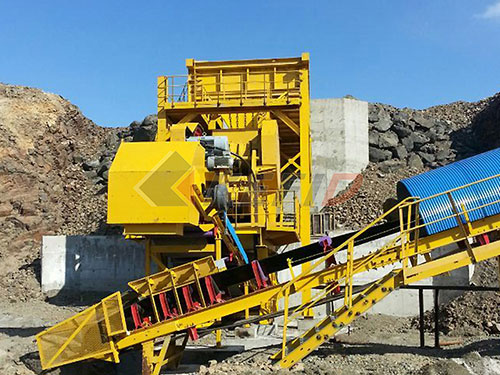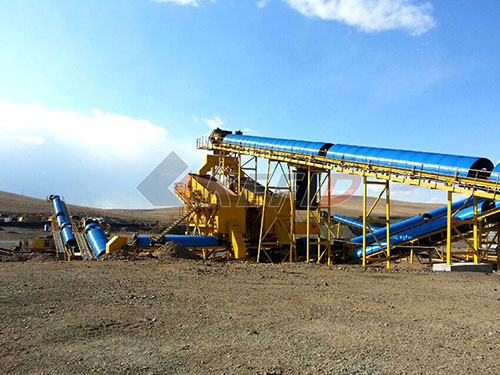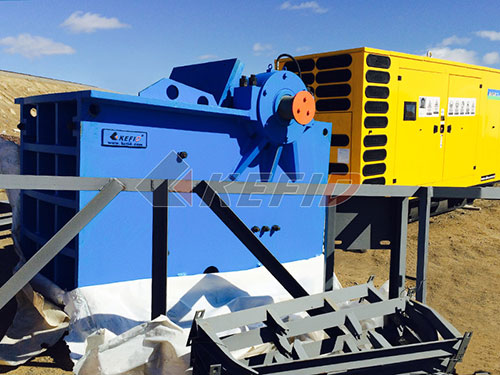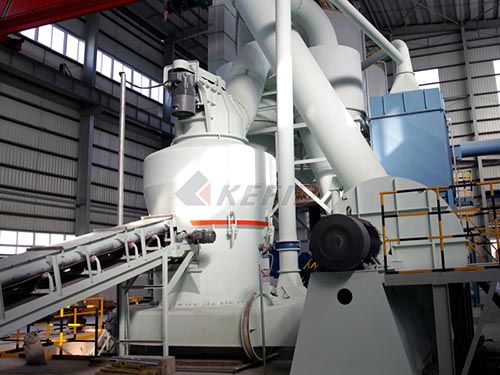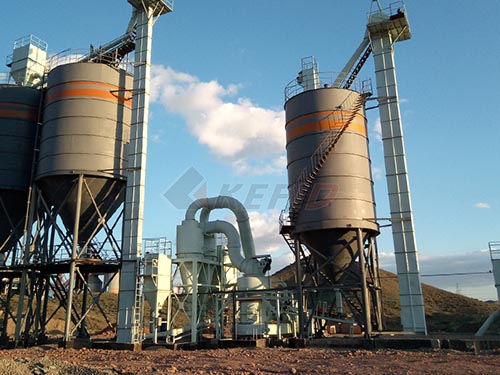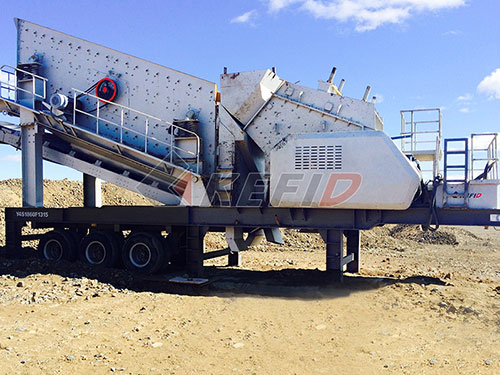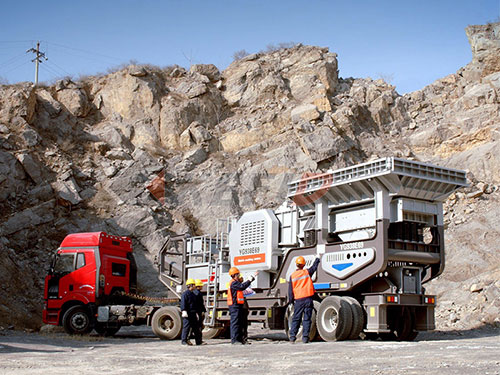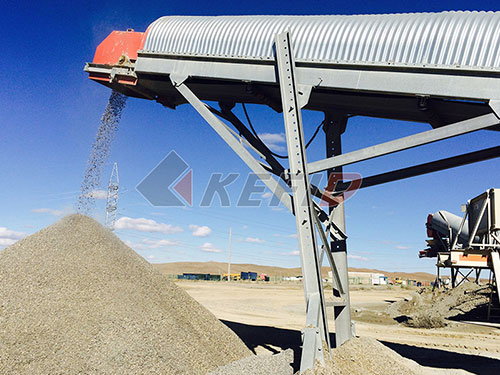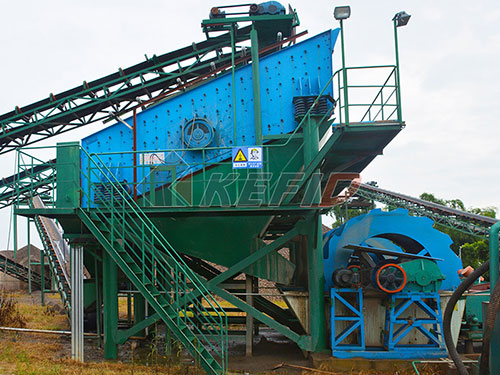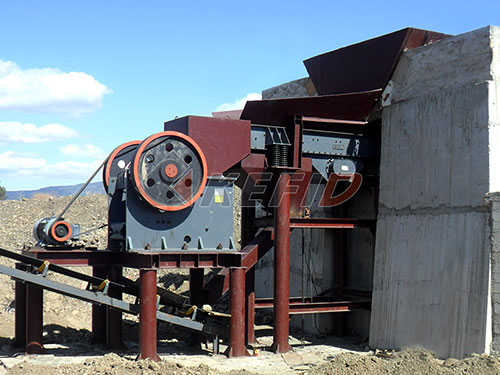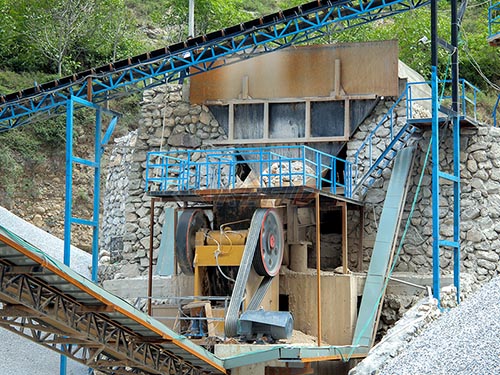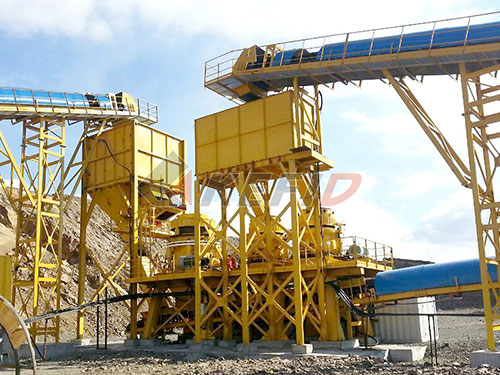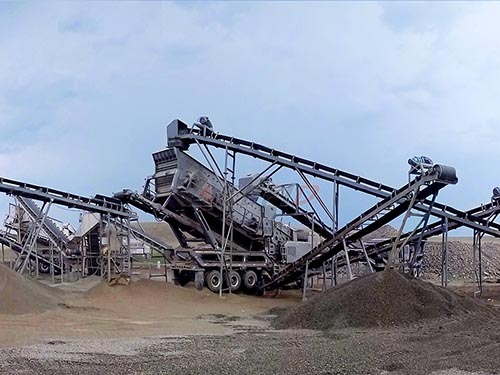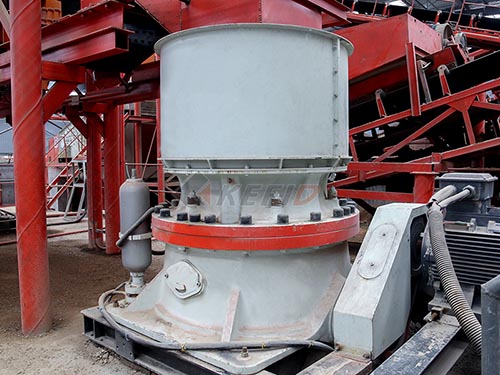The Critical Role of Your Pioneer Jaw Crusher Dealer: Beyond Just a Sale
In the demanding world of aggregate production, mining, and construction, your jaw crusher is often the frontline warrior, tasked with reducing hard, abrasive rock into manageable sizes. Choosing a Pioneer® jaw crusher signifies a commitment to robust performance and reliability. However, equally critical to unlocking the full potential of this investment is selecting the right Pioneer Jaw Crusher Dealer. This partnership extends far beyond the initial transaction; it’s the foundation for long-term operational success and profitability.

Why Your Dealer Choice Matters More Than You Think
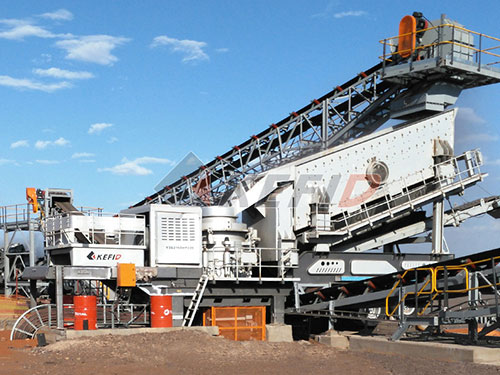
Pioneer equipment is engineered for durability and productivity. But even the best machinery requires expert support throughout its lifecycle. An authorized Pioneer dealer isn’t simply a parts supplier or a sales outlet; they are your dedicated local partner, deeply integrated into your operation’s success. Here’s what sets a true partner apart:
1. Deep Product Knowledge & Application Expertise:
Right-Sizing: A knowledgeable dealer doesn’t just sell you a crusher; they help select the optimal Pioneer jaw model (like the proven 3055 or high-capacity 3144) based on your specific feed material, desired output size, required tons per hour, and site constraints.
Configuration Guidance: They understand how jaw settings (CSS), liner profiles, and optional features impact performance for your unique application – whether it’s primary crushing tough granite or secondary reduction of recycled concrete.
Integration: They can advise on how the jaw crusher fits seamlessly with screens, conveyors, and other Pioneer or complementary equipment in your circuit.
2. Unmatched Technical Support & Service:
Expert Troubleshooting: When unexpected issues arise – be it unusual vibration, decreased throughput, or wear concerns – your dealer provides immediate access to factory-trained technicians who understand Pioneer crushers inside and out.
Preventive Maintenance Programs: Proactive maintenance is key to maximizing uptime and longevity. Authorized dealers offer tailored service schedules using genuine parts and possess the specialized tools required for tasks like jaw die changes or bearing inspections.
On-Site Capabilities: From commissioning new installations to performing major overhauls or emergency repairs directly at your site, minimizing costly downtime is their priority.
3. Genuine Parts & Inventory Commitment:
Performance Guarantee: Only genuine Pioneer wear parts (jaw dies, cheek

